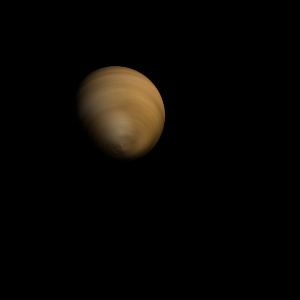|
|
Space Astro
|
Info for exoplanet "Ecopu Ho"
| Scientific (actual) data |
|---|
| Name | HAT-P-26 b |
| Planet status | Confirmed |
| Planet mass | 0.0585 |
| Radius | 0.57 |
| Orbital period | 4.2345 |
| Semi major axis | 0.0479 |
| Orbit eccentricity | 0.124 |
| Inclination | 87.95 |
| Angular distance | 0.000357 |
| Discovered | 2010 |
| Updated | 2024-08-06 |
| Omega | 54 |
| Tzero tr | 2455300 |
| Temperature (kelvin) | 590 |
| Publication | Submitted to a professional journal |
| Detection type | Primary Transit |
| Mass measurement type | Radial Velocity |
| Radius measurement type | Primary Transit |
| Alternate names | TOI-5632.01 |
| Molecules | CH4, CO, CO2, CrH, H2O, ScH, TiH |
| Star name | HAT-P-26 |
| Right ascension | 213.16° |
| Declination | 4.06° |
| Mag v | 11.74 |
| Star distance | 134 |
| Star metallicity | -0.04 |
| Star mass | 0.816 |
| Star radius | 0.788 |
| Star sp type | K1V |
| Star age | 9 |
| Star temperature | 5079 |
| Star alternate names | TOI-5632, GSC 0320-01027 |
| Wikipedia article | HAT-P-26 b |
Back
| |
| Fictional info (?) |
|---|
| Suggested name | Ecopu Ho |
| Planet type | Small hot gas planet |
| The volume of water ice in the south polar ice cap, if melted, would be sufficient to cover the entire planetary surface to a depth of 13 meters. |
| Atmosphere | CrH, | 47% |
| TiH | 39% |
| ScH, | 12% |
| CH4, | 0.7% |
| H2O, | 0.32% |
| CO, | 0.14% |
| CO2, | 0.0022% |
| Atmospheric pressure | 0.008 bar |
 |
| No known satellites |
| Google search for Ecopu ho |
|
Website by Joachim Michaelis
|
|
|
|